Simplify Dirty Clothes Collection
Clothes scattered across the floor or heaped on a chair are one of the most noticeable signs of mess in a child’s room. It’s difficult and boring for a child to remember, after changing clothes post-school, to bring some clothes to the bathroom and put the rest in the wardrobe. Therefore, simplify the process: place a basket for items right in the child’s room, preferably near the bed. A colorful or patterned model will fit well into the atmosphere of a first-grader’s room and will catch their attention. For a teenager’s interior, you can choose something more neutral: for example, a light monochrome basket.

Install a Shelving Unit with Pull-Out Boxes
A shelving unit is a great opportunity for a student to organize and sort small items for hobbies, games, and study instead of piling everything together. However, it’s better to avoid a large number of open compartments, as they can look chaotically filled in a child’s room, only enhancing the sense of disorder. On the contrary, pull-out drawers and boxes always look neat, even if everything visible in the room was swept into them in five minutes. Such quick cleaning may seem careless from an adult’s point of view, but is perfectly suitable for children who still lack the patience and perseverance for meticulous tidying.
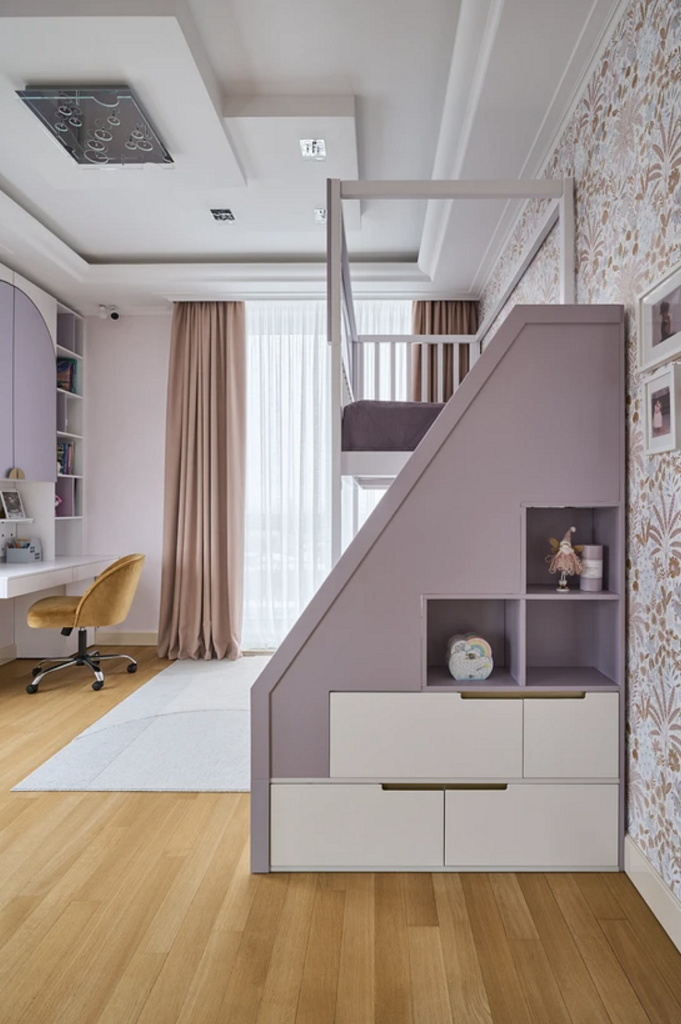

Create Many Small Storage Spaces
If you want to teach your child to organize storage independently and maintain order regularly, you should consider the life scenarios of a student when planning the child’s room. They will need to store not only clothes but also toys, books, comics, collections of figures or coins, building blocks, and school supplies. It’s much easier to sort items if there is a separate place for each category. Therefore, one large wardrobe for clothes and a couple of shelves for school books will not suffice. Place shelves, chests, bookcases, and baskets in the room.
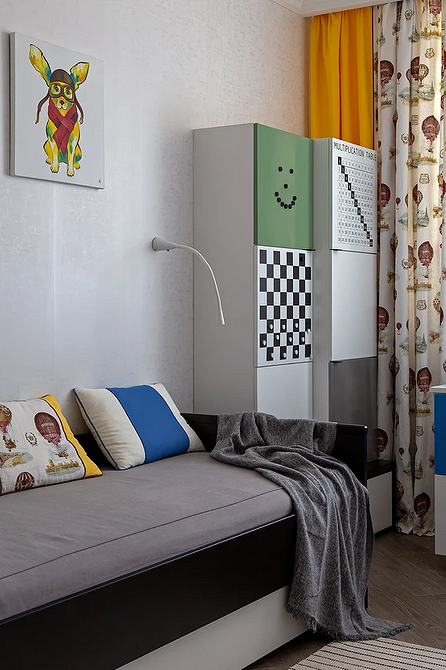

Consider the Child’s Tastes
Parents often plan the design of a student’s room based on their own taste and practical considerations. However, there is a chance that the child may not like what you have done. As a result, cleaning an unliked space will feel like a chore, as they lack motivation. If, however, the room is created taking into account the child’s taste, even if it currently revolves around pink or blue colors and a fairy-tale atmosphere, the child is more likely to want to maintain order and treat their surrounding space with care.
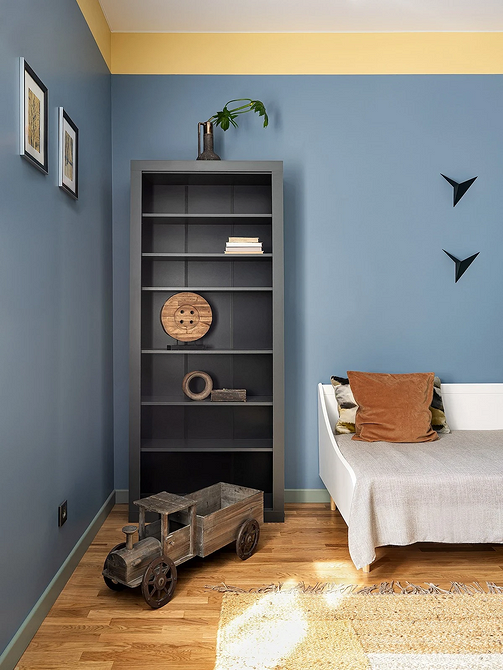
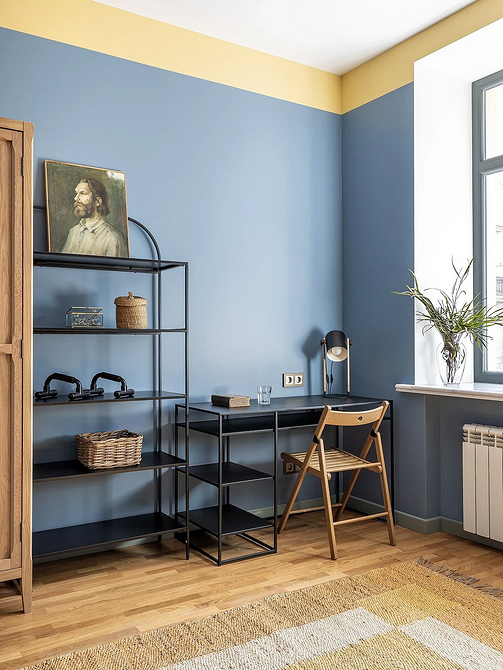
Organize Storage Near the Work Desk
The desk is another problem area in a student’s room. There often isn’t enough voluminous and structured space for storage. Therefore, place a cabinet, shelving unit, or chest of drawers nearby where you can keep stationery, notebooks, textbooks, and other small items. Otherwise, the desk will always be cluttered, and the room will be mired in disorder.
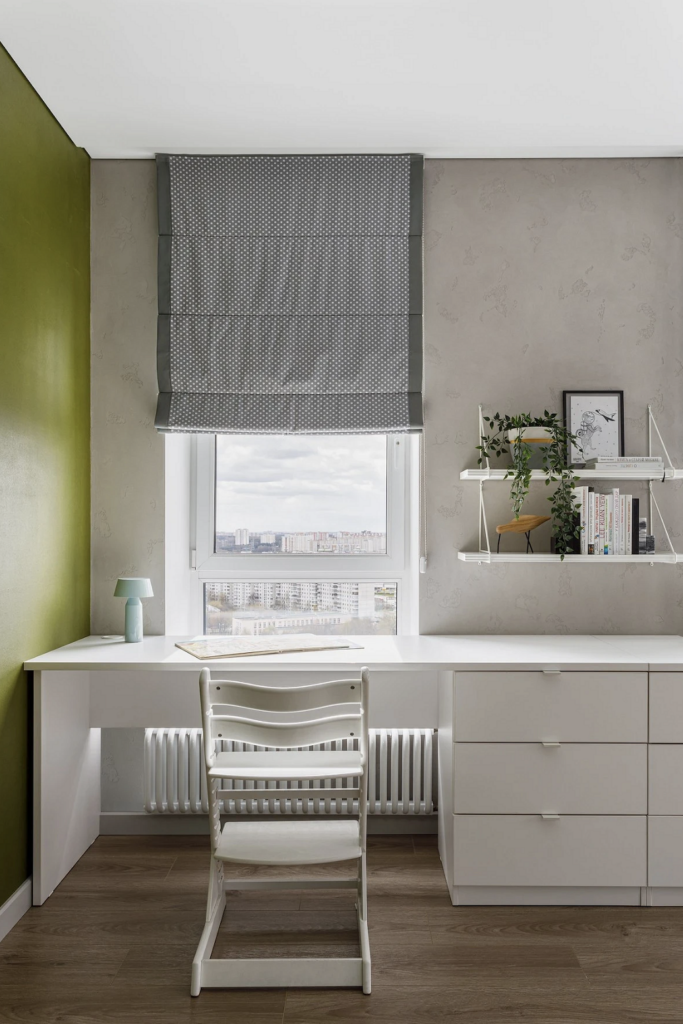
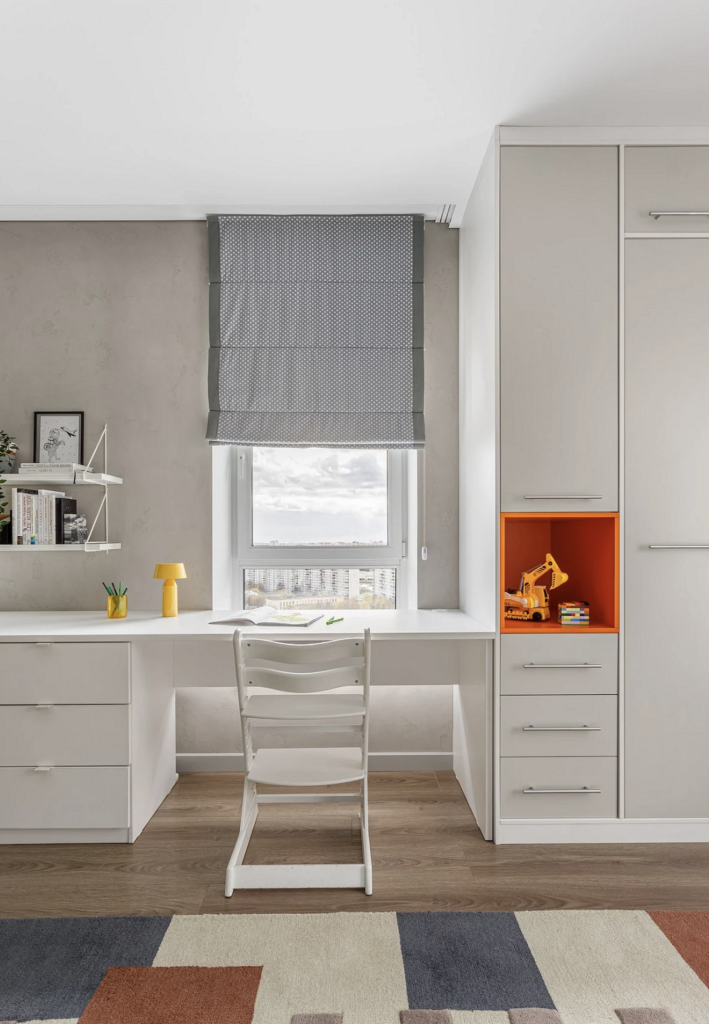
Make Storage Vibrant
In the adult storage area, the aim is usually to make it inconspicuous, blending in with the interior. In a child’s room, on the contrary, it makes sense to play it up with bright colors, spaces for games and relaxation. Choose colorful furniture and storage accessories, complement them with accent textiles, create the opportunity to interact with this area differently. Such an approach maintains the child’s interest in their room and helps treat cleaning as a game.

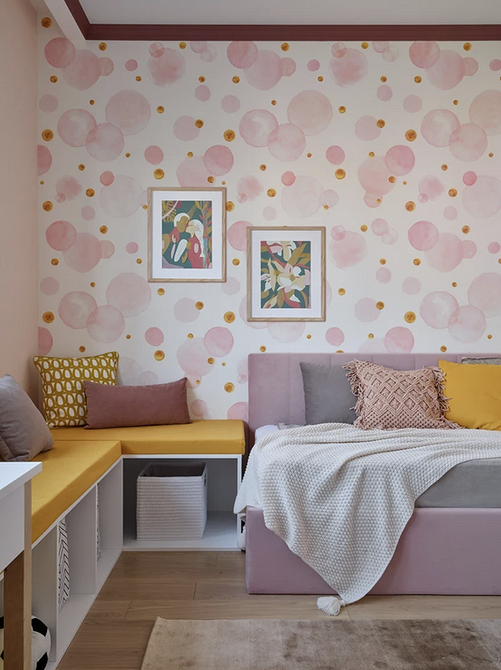
Divide the Wardrobe into Zones
If organizing the wardrobe causes problems, make an agreement with the student for joint cleaning. This requires a large closet with many compartments. An adult will be responsible for part of them: for example, putting seasonal items in the upper compartments near the ceiling, neatly hanging formal and dressy outfits in one of the sections. And the child will be responsible for the section with t-shirts, socks, and everyday clothes. If they clearly see the boundaries of their area of responsibility and feel support from the parents, it will be easier for them to get used to maintaining order.
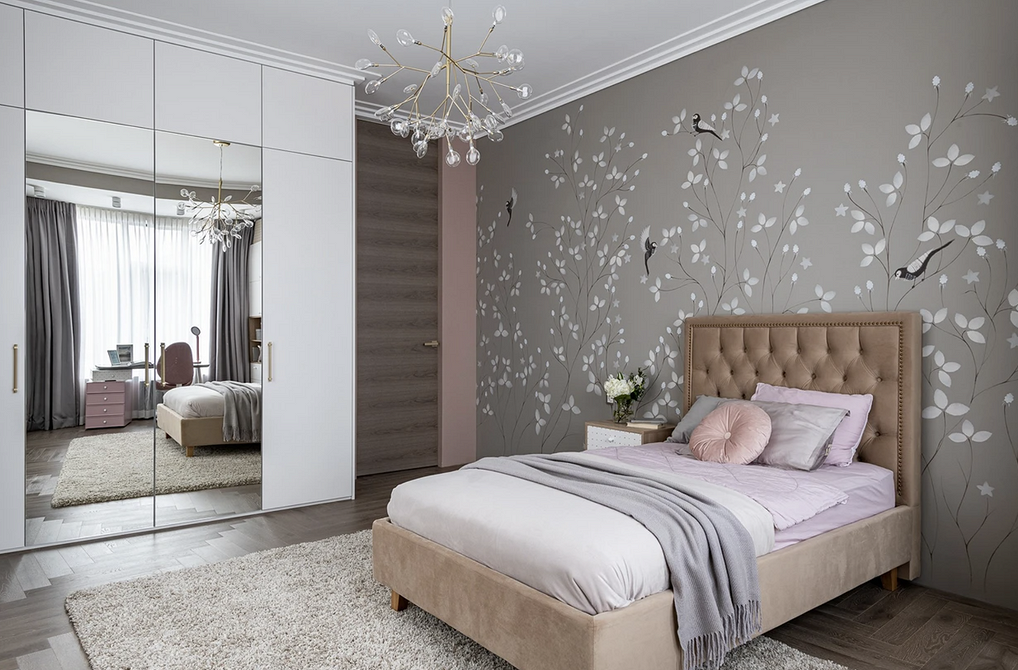
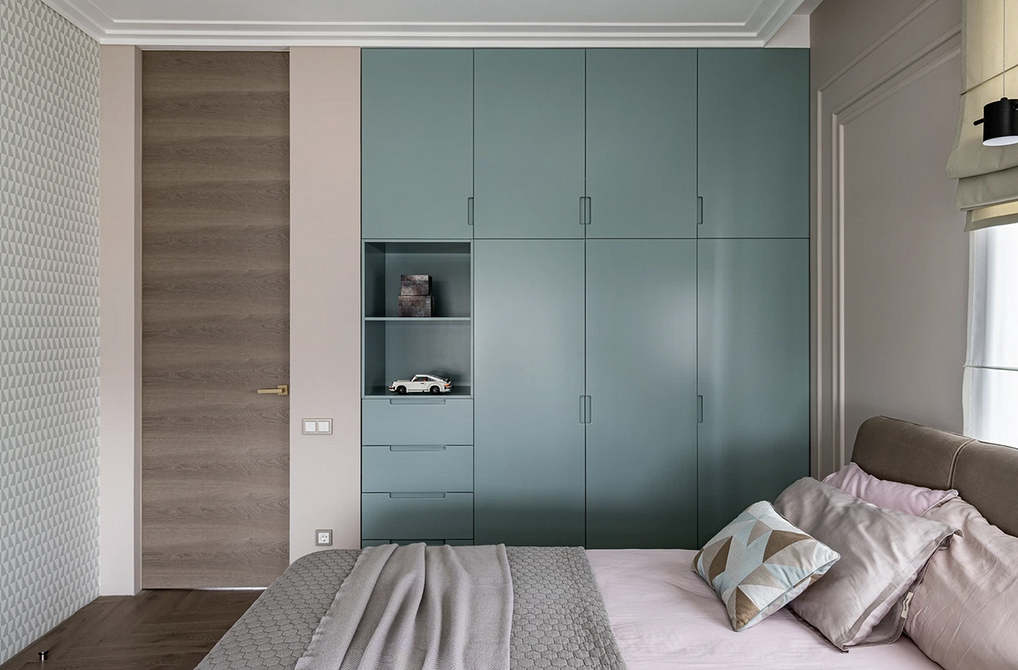

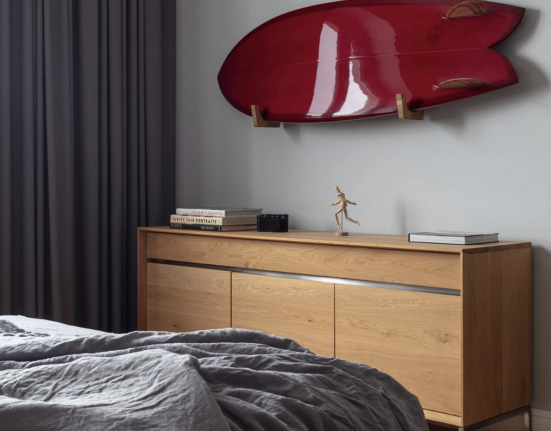
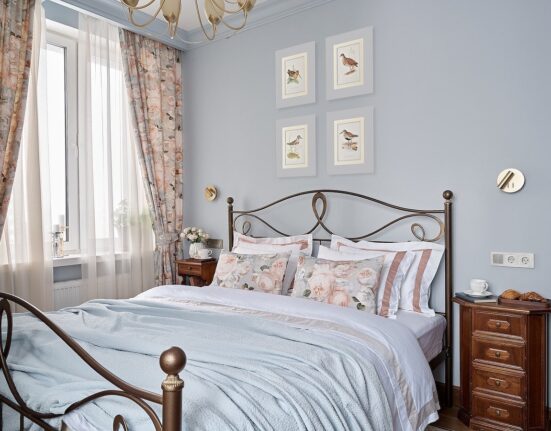
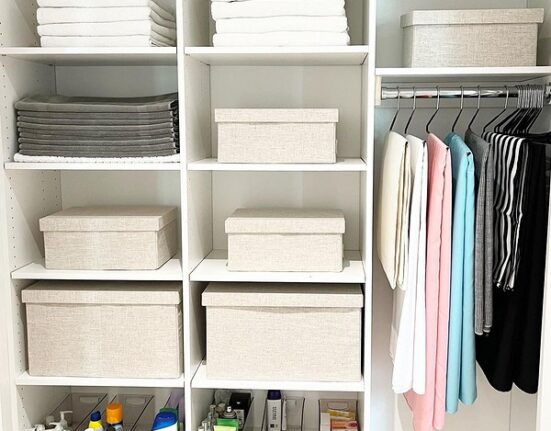


Leave feedback about this